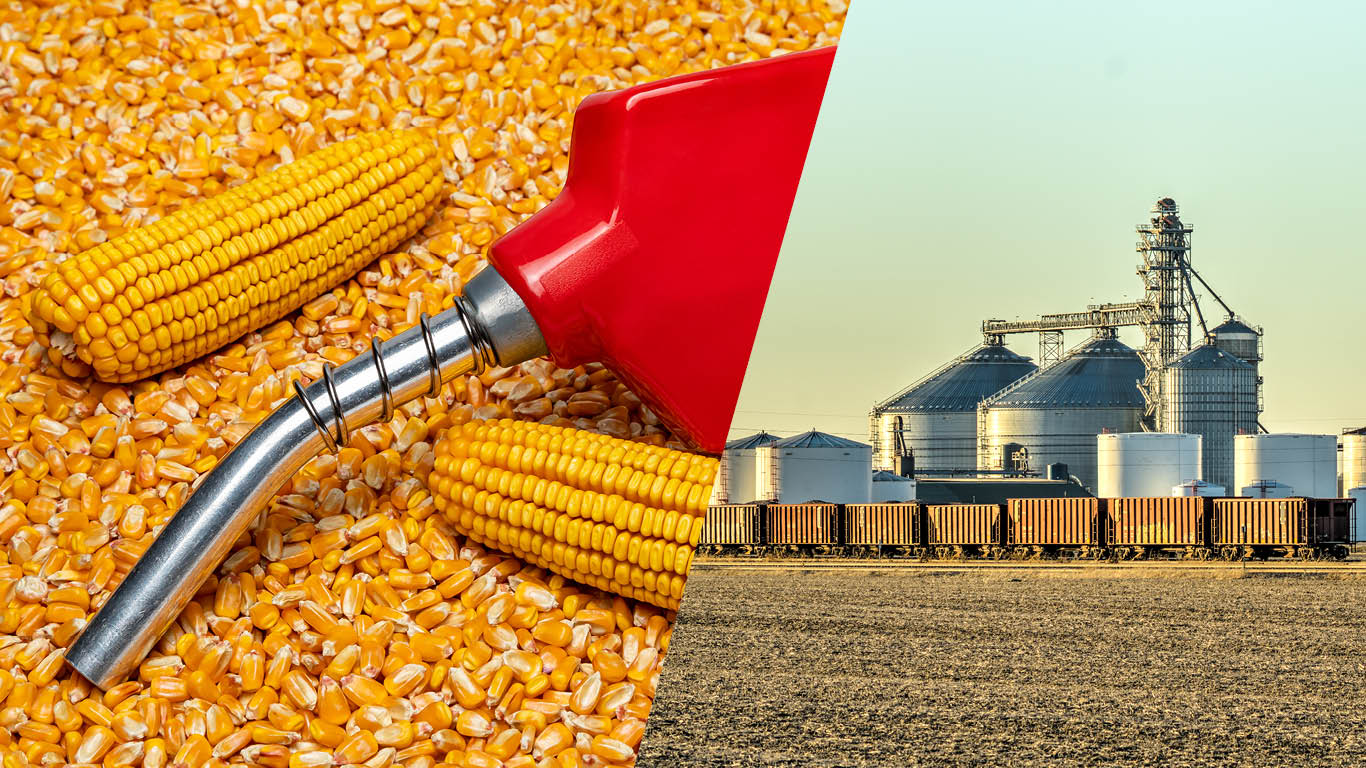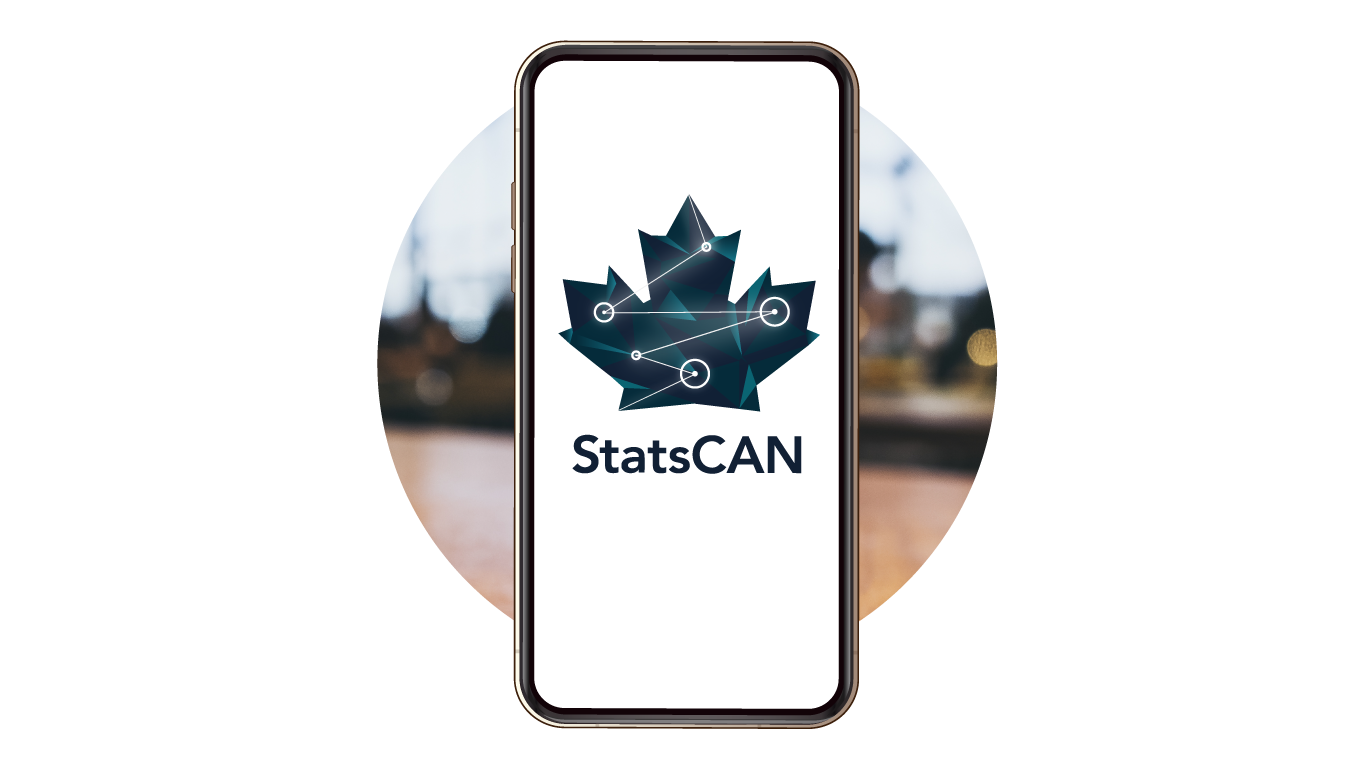
Alcohol and vehicles should never mix, except when it comes to ethanol in your gas tank. In 2023, 3.9 million cubic metres of ethanol were added to gasoline in Canada. That’s enough ethanol to fill about 195 million standard 20-litre jerry cans.
What is ethanol?
Fuel ethanol is a plant-derived biofuel which, in Canada, is mainly made from crops like corn and wheat. These crops are fermented and, during that process, their sugars undergo a reaction that results in ethanol. Ethanol is a form of alcohol and, in fact, is the exact same intoxicating compound you would find in beer, wine or spirits. That said, ethanol usually has noxious ingredients added specifically to make it undrinkable.
According to Renewable Industries Canada, there are 30 renewable fuel production, blending and distribution facilities in Canada. These include both ethanol and biodiesel facilities. Most facilities are clustered in southern Ontario and Quebec.
How is ethanol used?
Fuel ethanol is primarily used as an additive to traditional fossil fuels. As it is both renewable and burns more cleanly than gasoline, it is mixed with standard gasoline to lower the emissions intensity.
In 2010, Canada released the Renewable Fuels Regulations, which mandated that gasoline producers ensure 5% of their fuel was renewable. This meant that a gasoline mix of 95% gasoline and 5% ethanol, known as E5 fuel, has become common. However, many provinces have gone further than E5. For example, Ontario’s Cleaner Transportation Fuels regulation raised the required renewable content in gasoline to 10% (known as E10) in 2020, and this will climb to 15% (E15) by 2030.
Some vehicles with specially designed engines can run on an E85 mix, which is 85% ethanol and 15% gasoline. One issue with ethanol is that it can be difficult to ignite in cold weather, so most engines will need at least some gasoline present in the mix to begin combustion. In contrast, because ethanol is alcohol, it will never freeze or thicken up when the temperature dips.
Canada’s Clean Fuel Regulations, which came into effect in 2023, replaced the Renewable Fuels Regulations. These new regulations require fuel suppliers to further reduce their overall emissions. These reductions can be achieved in a variety of ways to allow suppliers flexibility, but one of the options available is to supply more low carbon-intensity fuels, like ethanol.
Data on ethanol
Statistics Canada data on ethanol can be found in two monthly tables. The first is the renewable fuel plant statistics table, which presents data related to renewable fuel production. This table has been active since 2020. In 2023, Canada produced 2.2 million cubic metres of renewable fuels, of which 1.7 million cubic metres were ethanol. The remainder was composed of products like biodiesel. From 2020 to 2023, total ethanol production rose 5.8%.
The second table is petroleum products by supply and disposition. This longstanding table was redesigned in 2019 to include a greater mix of renewable fuels which are blended into petroleum products. As such, it presents data on the volume of renewable fuels mixed into gasoline and diesel, as well as imports and exports of renewable fuels. In 2023, 3.9 million cubic metres of ethanol were mixed into gasoline, largely in the summer months, when gasoline demand is highest. The year 2023 marked the greatest amount of ethanol mixed into gasoline and the highest overall gasoline production since the 2019 table redesign.
Just under 2.4 million cubic metres of ethanol were imported in 2023, representing 60.5% of the total amount blended into gasoline in Canada, while 71,526 cubic metres were exported.
According to the Renewable Fuels Association, Canada ranked sixth in global ethanol production in 2023, behind the United States, Brazil, the European Union, India and China. Canada accounted for 2% of global production.
The future of ethanol production
One common criticism of fuel ethanol is that, because it is made with edible crops, it diverts food away from the market and can elevate food prices. One potential solution to this issue is the use of cellulose to produce ethanol. Cellulose is a sugar like those found in traditional ethanol feedstocks, but unlike sugars in corn and wheat, cellulose is harder to break down. The trade-off is that cellulose is found in organic substances that we do not eat, such as wood.
Cellulosic ethanol, as it is known, has not been widely adopted, but development of this technology is underway. Should it prove to be successful, it could be part of the solution for the so-called food versus fuel debate.
For more information on ethanol and energy in Canada, including production, consumption, international trade and much more, please visit the Canadian Centre for Energy Information portal and follow #EnergyNews on social media.

You may also like

StatsCAN app
Did you know you can read StatsCAN Plus articles and more on the StatsCAN app? If you’re already using the app, let us know what you think by leaving a review in the App Store and Google Play.
Contact information
For more information, contact the Statistical Information Service (toll-free 1-800-263-1136; 514-283-8300; infostats@statcan.gc.ca) or Media Relations (statcan.mediahotline-ligneinfomedias.statcan@statcan.gc.ca).
